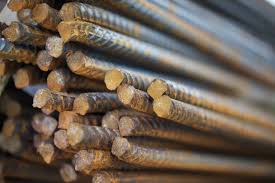 |
| The typical Western architect's way of dealing with a view: Beat people over the head with it. |
Western architects loved the panorama because it created a near-invisible transition between indoors and out. The ultimate example of this concept is the house that architect Philip Johnson built for himself in New Canaan, Connecticut in 1950: A rectangular box with walls made entirely of glass. Only the bathroom was concealed by solid walls.
 |
| Architect Philip Johnson's famous—or infamous, as you prefer—"Glass Box". The cylinder inside contains the bathroom. |
Fortunately, there’s another way to wring drama out of a view.
In the Orient, and particularly in Japanese architecture, a beautiful view has traditionally been treated as something to be savored in small quantities, not gorged upon. This concept, known as the vista (or, if you like, the “Zen view”) treats a beautiful view like a jewel, placing it in a carefully framed window that can be best appreciated from a particular spot, rather than from anywhere in the room. The designer thereby controls the exact viewing angle, allowing him to compose the view seen through the window exactly as an artist might compose a landscape painting.
 |
| The controlled "Zen view" directs the eye toward an intentionally composed scene. |
Better yet, the vista concept dovetails nicely with today’s attitudes on energy conservation. Because windows lose heat about ten times faster than walls do, reducing their size reduces heat loss and cuts down fuel consumption. Smaller windows help to conserve energy while still showcasing a good view.
In all, you have nothing to lose in aesthetics and much to gain in efficiency by designing with vistas rather than panoramas. Here are a few hints for capitalizing on vistas:
 |
| A comprehensive "view inventory" should be made before you even begin planning. |
• Before committing a design to plans, make a careful “view inventory” of the site. Figure out the exact angles at which views are visible; don’t leave it to chance or count on moving windows later during construction. There’s no reason that the location of a view window can’t be determined within a few inches of its final position before any plans are drawn.
• Conversely, determine the location of unattractive views (telephone poles, the neighbor’s garage roof, and the like) and arrange the windows so that these views are screened off by walls. Or, if it’s imperative to have windows in areas with unattractive views, provide them with opaque glass, or hang translucent art-glass pieces in them.
• Consider the “station point” or position from which people will most often glimpse the view. The scene framed by the window should ideally be composed from this point in the room, so that it has an intentional impact on the viewer.


















